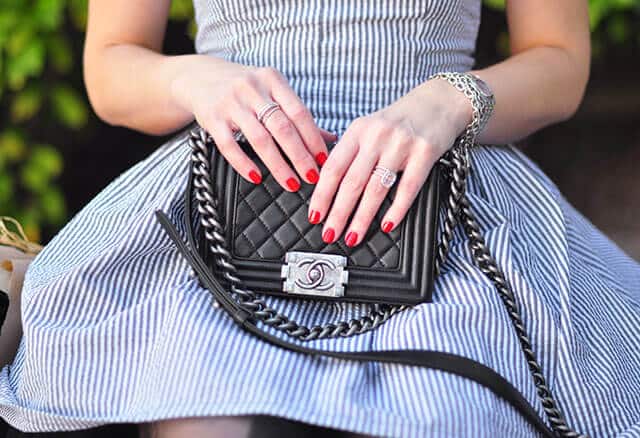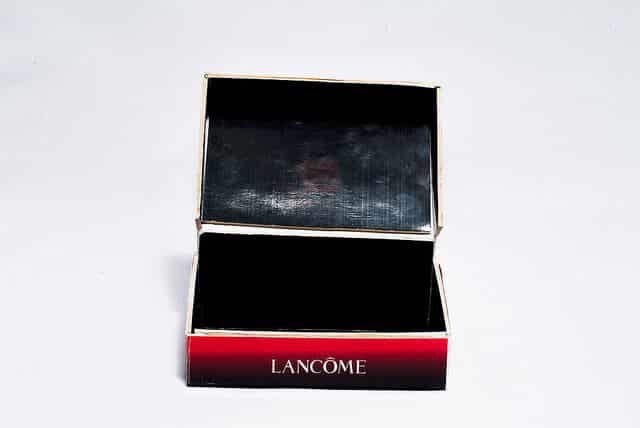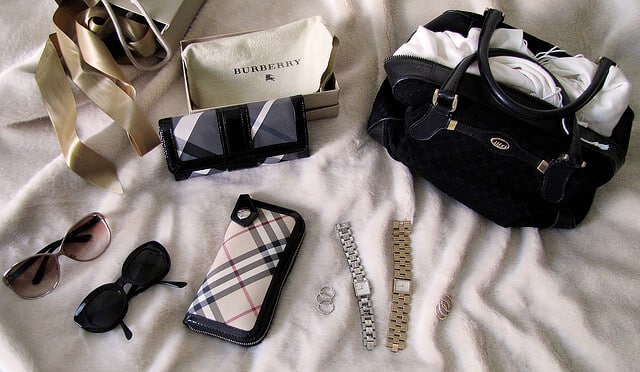Owning luxury items is like being part of an elite club where only a select number of people may gain access. While today’s luxury brands want to maintain this status, more brands are attempting to strike a balance between exclusivity versus inclusivity.

The The Digital Age & Luxury Brands
While some luxury brands have embraced the Digital Age, the vast majority have yet to do so, despite an ever increasing focus on digital marketing and advertising. According to L2, a company based in New York that tracks the digital impact of brands:
Online sales still represent just 6 percent of luxury companies’ total revenues. And roughly 10 companies, including Ralph Lauren and Michael Kors, dominate this digital world, generating a combined 65 percent of all traffic to websites associated with the luxury industry. [source]
Online consumers are wired in a different way. José de Cabo, co-founder and COO of Olapic, cites that today’s consumers are “used to seeing authenticity online.” Luxury brands would be wise to take note and back efforts that help build stronger connections with these consumers.
Better Digital Presence = Better Sales
By widening the net and tapping into the rich (no pun intended) possibilities that the Digital Age has to offer, luxury brands can revamp their digital marketing efforts to build deeper relationships and brand loyalty with existing customers, and find creative, innovative ways to engage new consumers.
Using Social Media for Sales:
Social media, while popular, is still a largely untapped area for most brands and businesses. In order to better navigate this space, brands must know where their customers spend the most time online, and what social media outlets they use with the greatest frequency. To accomplish this, some luxury brands hire agencies whose responsibility it is to research and identify where their product(s) show up online.
Example:
José de Cabo and his team work on behalf of several luxury brands. Part of their responsibility is to search the most popular social media sites to look for any and all photos taken by individuals where the brand is featured. So, Person ‘A’ may have a luxury handbag that they just got. Person ‘A’ posts a picture of the handbag to their Instagram account. The brand sees this and, in turn, features Person ‘A’ on their social media.
Alternatively, luxury brands may also use social media (like the above example) to feature it as part of a larger marketing initiative – either digital or traditional.

Wider Audience Reach
Many luxury brands recognize that when it comes to exclusivity and inclusivity, the two are not mutually exclusive – especially when talking about using social media to leverage a brand.
Example:
Calvin Klein (CK) is a popular luxury brand. CK turned to celebrity, Justin Bieber, to help with their marketing efforts. How? Bieber has a significantly larger following on Instagram (49.8 million followers) compared to CK (3.1 million). By making Justin Bieber a spokesmodel for the Calvin Klein brand, Calvin Klein also widens its consumer base, potentially opening it up to a new demographic.
Even though luxury brands want to maintain some exclusivity, by broadening the scope of their digital marketing campaigns and casting a wider net, they can still maintain their exclusive status while increasing brand awareness and product sales.
